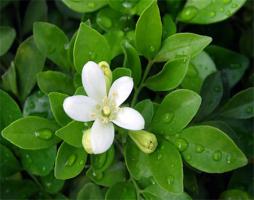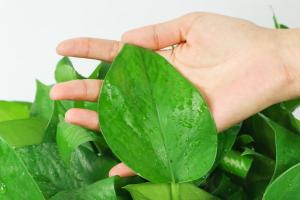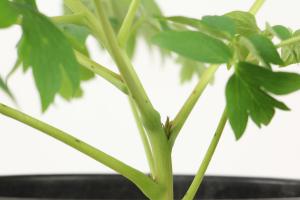Do Newly Planted Trees Go Into Shock?
Planting a new tree in your yard or garden can be exciting, but it can also be a somewhat nerve-wracking experience. Once you’ve planted your new tree, you may wonder whether or not it’s going to struggle, wilt, or even die in the coming days and weeks. One common concern many new tree owners have is whether or not newly planted trees go into shock – and what they can do to minimize any negative effects.
What is Plant Shock, Anyway?
When people talk about “plant shock,” they’re usually referring to the stress that a tree experiences when it’s transplanted or moved from one location to another. During this process, the tree may lose some of its roots and/or experience other changes that can be stressful and even traumatic. In response to this stress, the tree may experience a variety of negative symptoms, including:
Wilting or drooping leaves or needles
Leaf scorch (edges that turn brown and/or curl up)
Yellowing leaves, which can indicate chlorosis (a nutrient deficiency)
Slow growth or stunted growth
Leaf or needle drop (abscission)
Brown, mushy roots or root rot
While not all newly planted trees will experience these symptoms, it’s important to be aware that they may happen and be prepared to take action if you notice any of them.
Minimizing the Risk of Plant Shock
The good news is that there are several things you can do to minimize the risk of shock and help your newly planted tree acclimate to its new location. Some tips to keep in mind include:
Watering: Make sure your tree gets enough water, but don't overwater it. It’s important that the roots get enough moisture without being waterlogged, which can lead to root rot.
Mulching: Adding a layer of mulch around the base of your tree can help regulate soil temperature and moisture, which can be especially helpful during the first year or two that the tree is in the ground.
Fertilizing: While you don’t want to fertilize your tree too much, giving it a small boost of nutrients can help it thrive during its initial period of adjustment after being transplanted.
Pruning: While it may be tempting to prune your tree immediately after planting it, it’s actually best to wait until the following year (after it’s adjusted to its new home) to do so.
By keeping these and other tips in mind, you can help give your newly planted tree the best possible chance of success.
What to Do If You Suspect Plant Shock
If you notice any of the symptoms of shock in your newly planted tree, it’s important to take action right away. Some steps you can take include:
Watering: Make sure your tree is getting enough water, but avoid overwatering.
Pruning: Remove any dead or diseased branches, but avoid pruning too much too soon.
Fertilizing: Give your tree a small dose of fertilizer to help kickstart its growth.
If your tree continues to struggle or you’re not sure what to do to help it, consider contacting a professional arborist or tree care specialist for advice.
Conclusion
While newly planted trees may be at risk of experiencing plant shock, there are several things you can do to minimize this risk and help give your tree the best possible chance of success. By keeping an eye out for symptoms of shock and taking prompt action if you notice them, you can help ensure that your new tree thrives and continues to grow for years to come.

 how many times do yo...
how many times do yo... how many planted tre...
how many planted tre... how many pine trees ...
how many pine trees ... how many pecan trees...
how many pecan trees... how many plants comp...
how many plants comp... how many plants can ...
how many plants can ... how many plants and ...
how many plants and ... how many pepper plan...
how many pepper plan...






























